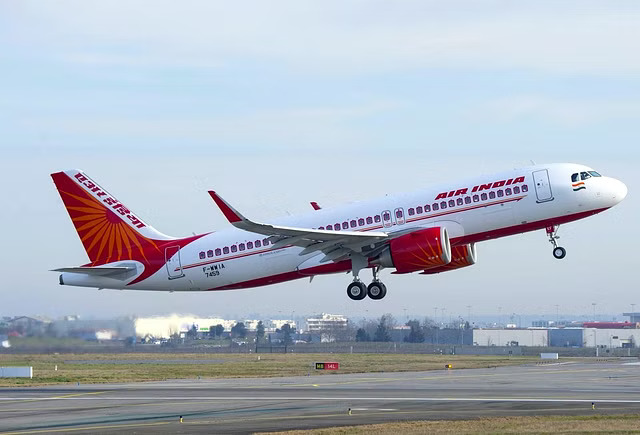India is emerging today as the world’s fastest-growing aviation passenger market, competing now with the largest aviation markets such as China and the United States. In this article, we will discuss the current status of India’s aviation passenger market, its key growth drivers, and future prospects.
Doubling of Domestic Aviation Capacity
Recent analysis based on OAG data reveals that India’s domestic aviation capacity has doubled over the past decade. In April 2014, this capacity was 7.9 million, which increased to 15.5 million by April 2024. Civil Aviation Minister Jyotiraditya Scindia mentioned in January that this number is expected to double again to 300 million by the end of the next six years, i.e., by 2030. Currently, India is emerging as the world’s third-largest domestic aviation market, up from fifth place a decade ago.
Growth Rate of Domestic Aviation Capacity in the Past Decade
This report compares India’s growth over the past ten years with other major domestic aviation markets such as the United States, China, Brazil, and Indonesia. Ten years ago, India had the smallest market among these countries with 8 million seats.
Today, while the United States and China remain the largest domestic aviation markets, India has surpassed Brazil and Indonesia, securing its position as the third-largest domestic market by April 2024 with a capacity of 15.6 million seats. India’s growth rate in the past decade has averaged 6.9% annually, higher than China’s 6.3% and the United States’ 2.4%.
Key Growth Drivers
Industry analysts have noted significant changes in the aviation sector since 2014, including improvements like the removal of price caps that encourage competitive dynamics and increase accessibility to air travel options. India’s domestic aviation capacity has been influenced by changes towards low-cost carriers (LCCs).
IndiGo, India’s largest domestic airline, has led this transformation, increasing its market share from 32% to 62% in the past decade. Following IndiGo, Air India is the second-largest airline in the domestic market, responsible for 28% of the capacity. Together, these two airlines command 90% of India’s domestic market seats as of April 2024, with 78.4% of Indian domestic capacity covered by LCCs.
Financial Commitments and Infrastructure Improvements
The government aims its financial commitments at long-term foundational infrastructure development. Airport Authority of India (AAI) and other airport developers have outlined plans to invest approximately ₹98,000 crores over the next five years in foundational airport infrastructure. In the Central Budget for 2023-24, the Ministry of Civil Aviation allocated ₹3,224.67 crores to support the expansion of aviation infrastructure and enhance connectivity at the national level.
The Regional Connectivity Scheme (UDAN), launched in 2017, has increased accessibility to air travel by connecting small cities. The number of operational routes serving domestic markets increased from 215 in April 2014 to 540 in April 2024. The government aims to operate 1,000 UDAN routes and revitalize or develop 100 underserved and unserved airports.
Progress on Grounded Infrastructure
Increasing airport capacity is crucial to meeting the growing demand for air travel in the country. Ten of the country’s largest airports collectively handle more than two-thirds of its domestic capacity, with Delhi Airport alone accounting for 17% of all domestic seats.
India currently operates 137 operational airports managed by AAI, including international, domestic, and custom airports. Plans are underway to increase the number of airports in India to 200 over the next five years with an investment of $11 billion. The Indian government will fund some of these developments, while private investment is also increasing.
Conclusion
India’s burgeoning aviation passenger market is making its mark not only domestically but also on the global aviation map through improvements and innovations. In the coming years, this market is poised to achieve greater heights and to unlock new opportunities.
Improvements in the country’s aviation policy and their implementation, along with investments, are enabling India to compete effectively with leading aviation markets worldwide. India’s aviation sector, with its expanding foundational infrastructure and robust growth rate, is heading towards a promising future.
